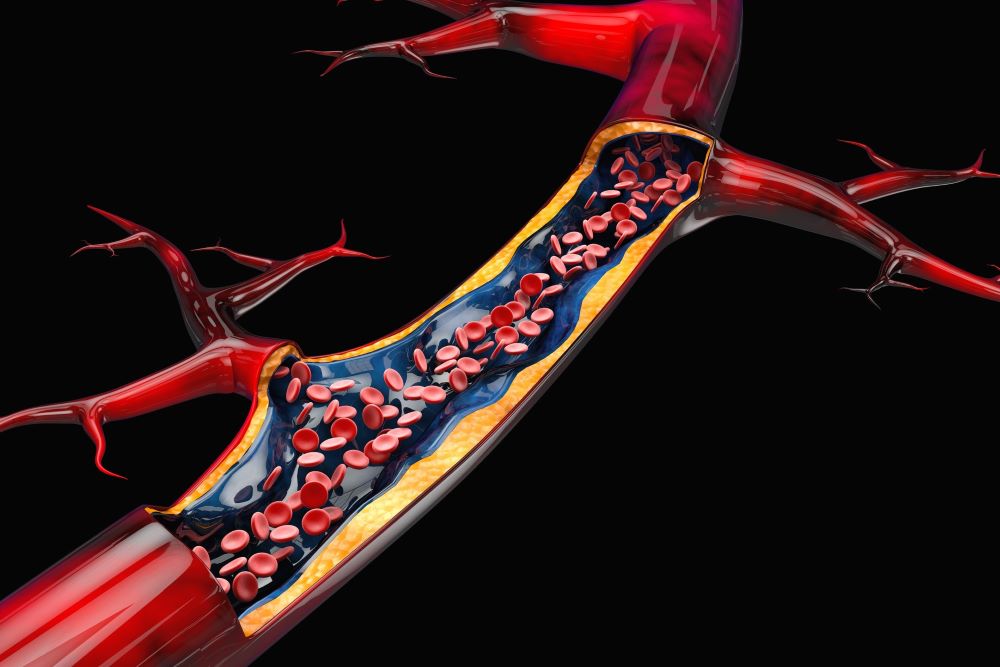
More than 900,000 Americans are affected by pulmonary embolism (PE) each year. The mortality associated with PE ranges from 10% to 30%. Considering this significant risk, PE management has become a critical topic in interventional cardiology and vascular surgery.
The PEERLESS trial enrolled 550 intermediate-risk patients with submassive PE, randomizing them to large-bore mechanical thrombectomy (LBMT) versus catheter-directed thrombolysis (CDT). The trial demonstrated that patients with LBMT had lower rates of the primary composite endpoint.
This significant trial demonstrates that CDT and LBMT effectively treat submassive PE. LBMT patients were less likely to deteriorate clinically and had lower rates of post-procedural admission to the intensive care unit. Both groups of patients had equivalent rates of mortality, intracranial hemorrhage, and significant bleeding. LBMT, although requiring large-bore access, is superior to CDT in several ways.
The development of Pulmonary Embolism Response Teams (PERTs) has allowed medical teams to immediately treat patients with submassive PE and reduce morbidity and mortality for this critically important condition. As we expand PERTs, we hope to develop a wide-reaching approach to PE, allowing rural centers to transfer patients for life-saving procedures, including LBMT.
Learn more about Northside Hospital Heart Institute.

